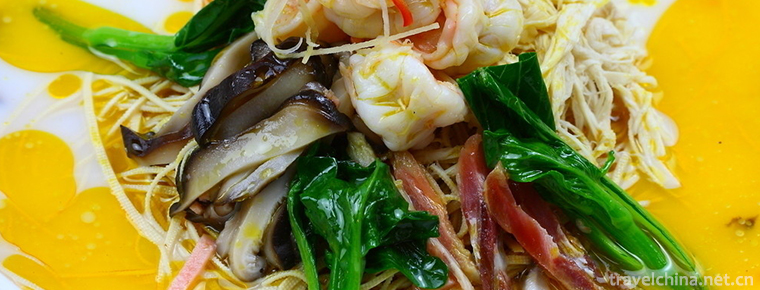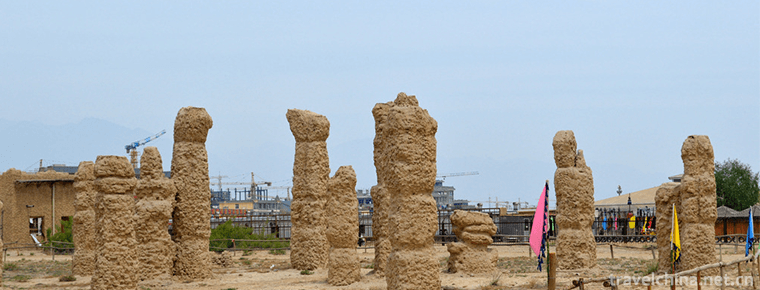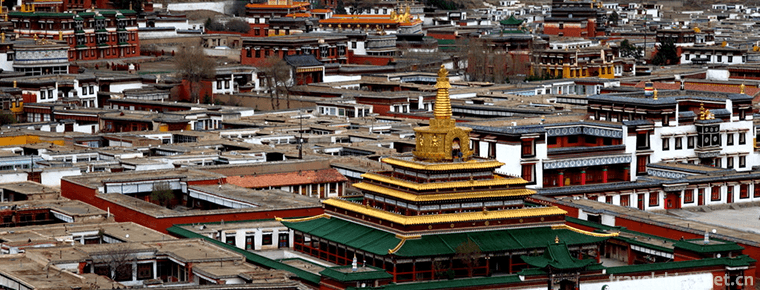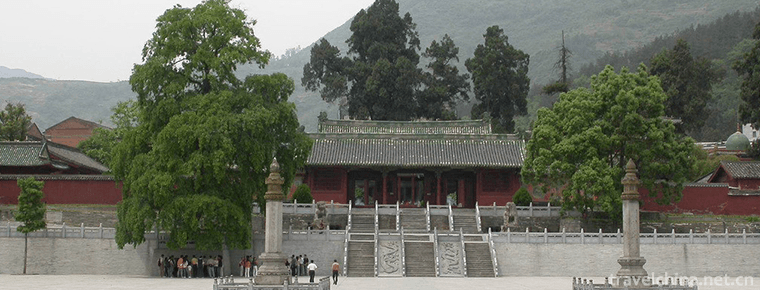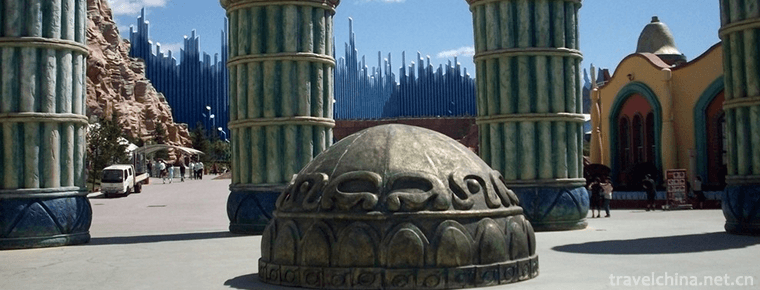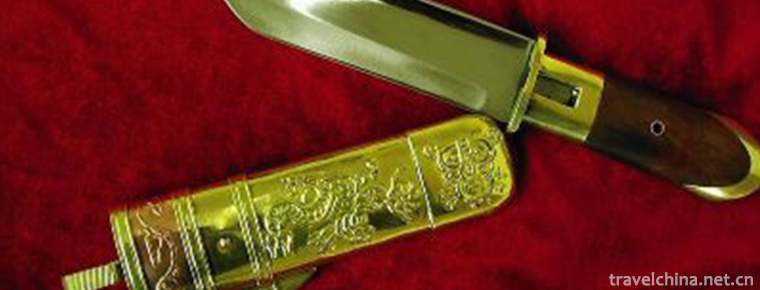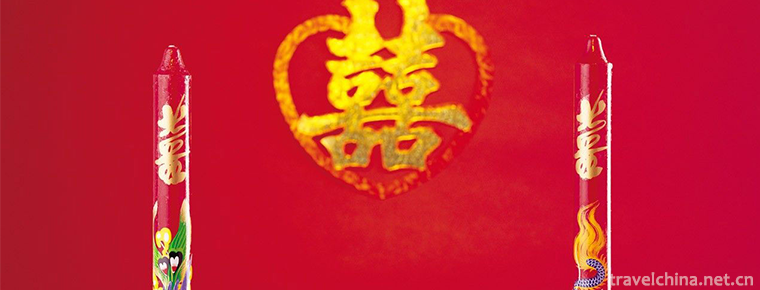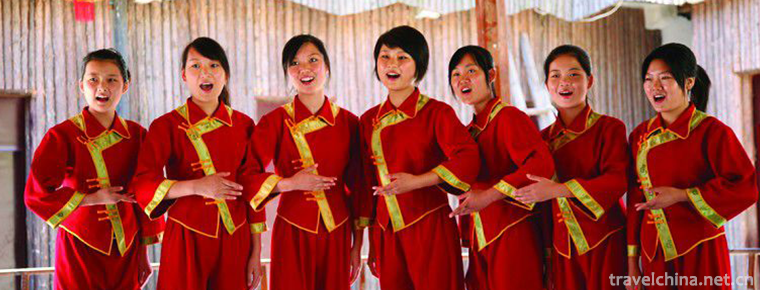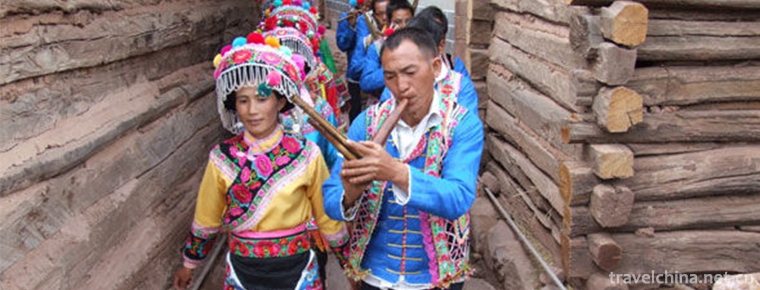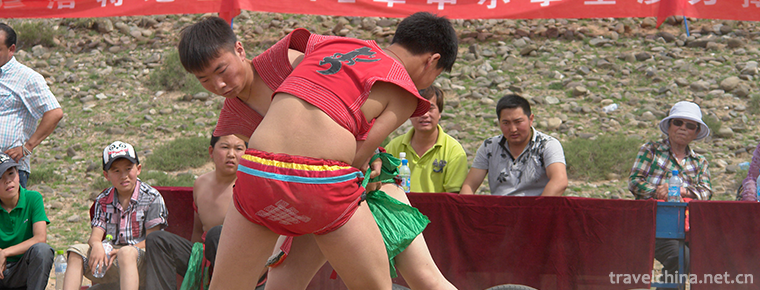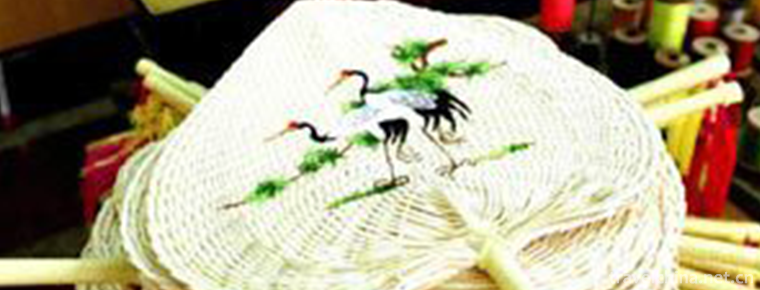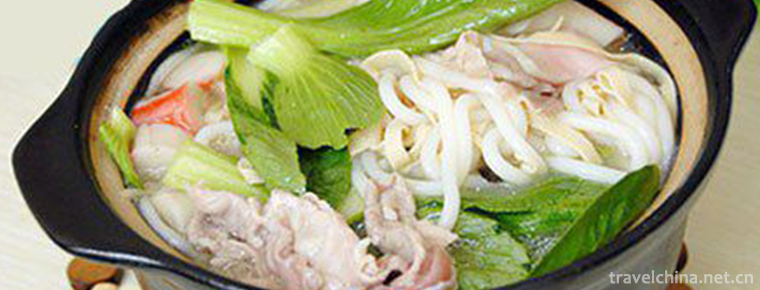Brewing Techniques of Old Vinegar
Brewing Techniques of Old Vinegar
Qingxu old vinegar brewing skills, Shanxi Province Qingxu County local traditional skills, one of the national intangible cultural heritage.
The brewing process of Qingxu aged vinegar is complex. After the main steps of ingredients, steaming, manual turning of solid acetic acid, high temperature fumigation, high density leaching, aging and so on, more than ten processes eventually produce Qingxu aged vinegar.
On May 20, 2006, the brewing technology of Qingxu old vinegar was approved by the State Council of the People's Republic of China and listed in the first batch of national intangible cultural heritage list, item number_-61.
historical origin
In ancient China, vinegar was called oxalic, anhydride, bitter wine or wine. As early as 700 years ago in the Spring and Autumn Period and the Warring States Period, the Qingxu people had been using VATS and urns to make vinegar by liquid fermentation, and this vinegar-making technology has continued. In the Western Han Dynasty, commercial vinegar-making workshops appeared in Qingxu. During the Northern Wei Dynasty, the technology of vinegar brewing changed from liquid fermentation to solid fermentation. This milestone pioneering work laid the foundation for the formation of the unique style of the old vinegar brewing technology in Qingxu.
In Qi Min Yao Shu, later Wei Jia Sixie elaborated the process of vinegar brewing in detail. Historian Hao Shuhou's textual research on Taiyuan shows that before 479 BC, "when Jinyang City (now Jinyuan Town, the southern suburb of Taiyuan City) was established, there should be vinegar makers." Foreigners call Shanxi people "Lao Xier", which is the homonym of the ancient word "Jiu". Taking the ancient vinegar character as the pronoun of Shanxi people can also reflect the early and large number of vinegar brewing in Shanxi in history.
In the late Ming and early Qing Dynasties, vinegar-making workshops were everywhere in villages and towns in Qingxu County, south of Taiyuan Prefecture. In the long historical competition of vinegar industry, there is a workshop called Yiyuan Qing, which has gradually gained fame. "Yiyuan Qing" vinegar brewing, which pays great attention to quality, excellent material selection, appropriate formula, complex production process, is well received by the masses, and has been operating until the eve of liberation. Its brewing method is used by Qingxu Vinegar Factory. Qingxu and Taiyuan are the birthplaces of Shanxi old vinegar. Qingxu brewing technology is gradually being promoted to all parts of the country.
Process characteristics
Qingxu old vinegar produced by the brewing techniques of Qingxu old vinegar is black-brown, bright and attractive. In addition to its three advantages of acid and alcohol, strong taste and long taste, it also has the characteristics of fragrance, cotton, non-precipitation and "hanging bowl".
When the cap of the old vinegar bottle is unscrewed, the fragrant and sour smell will come to your nose, drop it into the bowl and beat a circle, then stick it evenly to the edge of the bowl. Although the acidity of Qingxu old vinegar is five degrees, it tastes not difficult to endure. Instead, it is "sweet and fragrant and sour", which is slow, long and delicious. It is sour and sweet, spongy and fragrant.
General vinegar stored for a long time, will become turbid, raw white skin, and even decay. But the longer the vinegar is stored, the more fragrant it will be. Even if it turns into a solid vinegar like heavy amber after several decades, it will still be fresh and sour when it is washed away with boiling water.
Unlike the long-term consumption of fruit vinegar in the West, vinegar fermented from cereals is the first choice in China, which makes Chinese vinegar contain more essential nutrients such as amino acids. The aged vinegar of Qingxu has the unique functions of breaking off fishy smell, removing humus, removing humus and sterilizing. It is a refined condiment for cooking various delicious dishes.
Inheritance and protection
Inheritance value
Brewing process (4 sheets)
Qingxu old vinegar is not only a condiment, according to scientific research, vinegar can sterilize, help digestion, prevent colds and cancer. Shanxi Qingxu old vinegar can keep fit, cure diseases and beautify. The acetic acid contained in it has bacteriostatic and bactericidal effects, especially on cocci. Stir-fried vegetables with aged vinegar can treat lumbar and leg pain, apply foot heart can treat hypertension, scaling at the bottom of aged vinegar can treat bone hyperplasia and other diseases.
Among the old vinegar in Shanxi, Qingxu old vinegar is the most authentic. Its exquisite production skills and exquisite material selection are worth learning from other vinegar products.
Inheritance status
Driven by economic interests, some workshops cut corners, dismembered the traditional craft of Qingxu old vinegar, and produced inferior products, which distorted the skills and reputation of Shanxi Qingxu old vinegar, and should be thoroughly managed and strictly guarded against.
Inheriting characters
Wu Runwei, male, born in March 1955. In December 2012, Wu Runwei was selected as the representative successor of the fourth batch of national intangible cultural heritage projects, declared by Qingxu County, Shanxi Province. Project Name: Brewing Techniques of Qingxu Old Vinegar.
protective measures
In 2004, the General Administration of Quality Supervision, Inspection and Quarantine of China approved the application for product protection in the origin area of Shanxi aged vinegar, and approved more than ten old vinegar products, including Qingxu County, to be protected in the origin area.
In 2016, Qingxu County was responsible for promoting the construction of vinegar industrial park with an area of 1000 mu. Through the construction of vinegar Industrial Park to promote new technological innovation and research and development, to provide technical support for the sustainable development of vinegar industry.
In 2018, Taiyuan Qingxu Baoyuan Old Vinegar Workshop was awarded "Shanxi Qingxu Old Vinegar Brewing Museum" by Shanxi Provincial Culture Department and "National AAAA Tourist Scenic Area" by the National Tourism Administration. The Museum aims to excavate the profound historical and cultural connotation of Qingxu old vinegar, promote Shanxi vinegar culture, and let the world know the historical origin and traditional production process of Qingxu old vinegar.
social influence
Important activities
In 2007, the Chinese Qingxu Vinegar Culture Festival opened in Qingxu County. The holding of the Cultural Festival will further enhance the image of Qingxu Vinegar Capital and build a platform for the dissemination of the brewing skills of Qingxu vinegar.
In 2009, the vinegar brewing techniques of Qingxu old vinegar were displayed on the spot in the series of activities of "China's intangible cultural heritage traditional skills exhibition" to deepen people's understanding of it, so as to further excavate and protect it.
In 2012, the Chinese Taiyuan (Qingxu) International Vinegar Culture Festival was held in Qingxu County. The significance of the festival is to bring the old vinegar and its technology from Shanxi and abroad, so that the fragrance of the old vinegar can spread all over the world.
In 2016, the Qingxu Vinegar Culture Festival opened in China (Taiyuan) Coal Trade Center, and successfully held the Vinegar Culture Festival for many years, which formed the advantages of the development of vinegar industry cluster. Next, efforts must be made in new brewing technology, formulating industry standards, improving diet and seasoning.
Honorary commendation
In 1924, at Panama International Expo, Qingxu Old Vinegar won the first prize of high quality commodities.
In 1956 and 1965, Qingxu old vinegar was ranked first in the Chinese condiment appraisal meeting.
In 1979, Qingxu old vinegar was named high quality product by the Ministry of Light Industry of China and Shanxi Provincial People's Government.
In 2011, the Qingxu Vinegar Culture Festival was honored as China's top ten "brand festivals".
In 2014, "Qingxu vinegar brewing" was recognized as a provincial labor service brand in Shanxi Province.
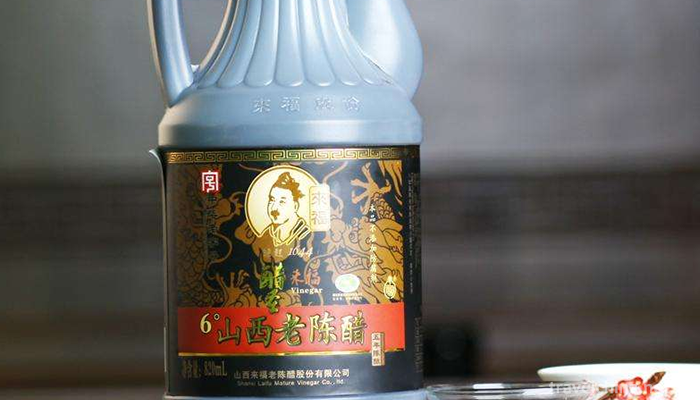
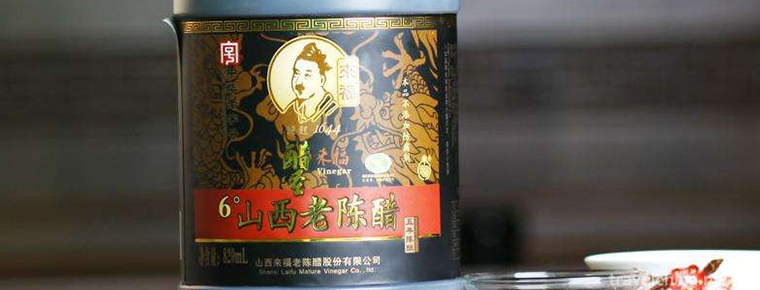
Brewing Techniques of Old Vinegar
-
Braised Shredded Chicken with Ham and Dried Tofu
Braised Shredded Chicken with Ham and Dried Tofu, also known as chicken juice, boiled silk, the traditional dishes are Huaiyang cuisine
Views: 225 Time 2018-10-27 -
Zhenbeibao West Film City
Zhenbeibao Western Film City, located in Yinchuan City, Ningxia Hui Autonomous Region, is a national AAAAA-level tourist attraction integrating sightseeing, entertainment, leisure, catering and shoppi
Views: 179 Time 2018-12-12 -
La blun Temple
Labrang Temple is one of the six main monasteries of the Gelug Sect of Tibetan Buddhism. In 1982, Labrang Temple was listed as one of the key cultural relics protection units in China
Views: 179 Time 2019-01-29 -
Bao en Temple Pingwu
Pingwu Baoen Temple is located in Pingwu County, Sichuan Province. It is 184 kilometers away from Mianyang City and 300 kilometers away from Chengdu. Located in the northeast corner of the county town
Views: 197 Time 2019-02-07 -
Changying Century City
Changying Century City, located in Nanguan District, Changchun City, Jilin Province, was founded in 2003. It is a comprehensive tourist area integrating science and technology, adventure, performing a
Views: 287 Time 2019-03-17 -
Baoan Waist Knife Forging Techniques
Baoan waist knife forging technology, Gansu Province Jishishan Baoan Sala Autonomous County traditional handicraft, one of the national intangible cultural heritage.
Views: 181 Time 2019-04-04 -
Traditional Marriage Customs of the Han Nationality
The ancestors of the Han nationality believed that dusk was auspicious, so they would marry at dusk. Therefore, the etiquette of marriage was called "dusk rite", which later evolved
Views: 238 Time 2019-05-02 -
Lv Jiahe Folk Song
Lvjiahe Folk Song is a kind of folk song which is popular in Lvjiahe Village, Guanshan Town, Danjiangkou City, Hubei Province. Located in Wudang Mountain Scenic Area, the village retains a large numbe
Views: 215 Time 2019-05-15 -
Mei Ge
Meige is the general name of Yi folk song and dance and folk oral literature. Its content is all-encompassing and almost reflects the history, culture, production and life of the Yi people. It is rega
Views: 181 Time 2019-06-02 -
Sharipol wrestling
Shaliboer style wrestling is a national traditional sports event originally created and retained by the Weilat Mongolian people. It is one of the main sports events in the Uznada Mu Grand Event in Ala
Views: 169 Time 2019-06-12 -
Xinhui Sunflower Art
Xinhui Sunflower Art, a traditional Chinese handicraft, originated in Xinhui District, Jiangmen City, Guangdong Province. Xinhui Sunflower Art has a history of more than 1600 years, and became famous
Views: 136 Time 2019-07-06 -
Yunnan Mengzi Crossing Bridge Rice noodles guo qiao mi xian
"Crossing bridge rice noodles" is a unique food in southern Yunnan. It originated in Mengzi City, Hani and Yi Autonomous Prefecture of Honghe. It has a history of more than 100 years. It wa
Views: 234 Time 2019-07-16
